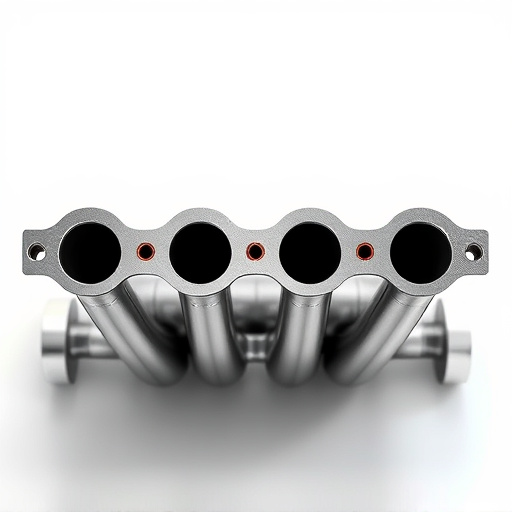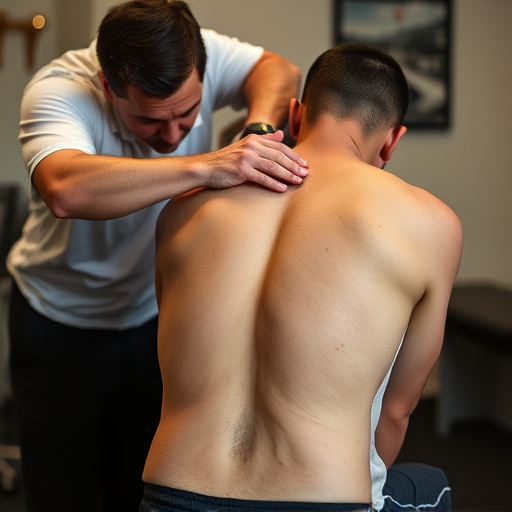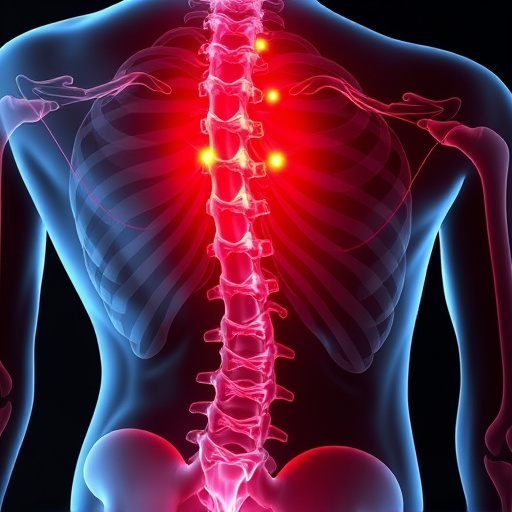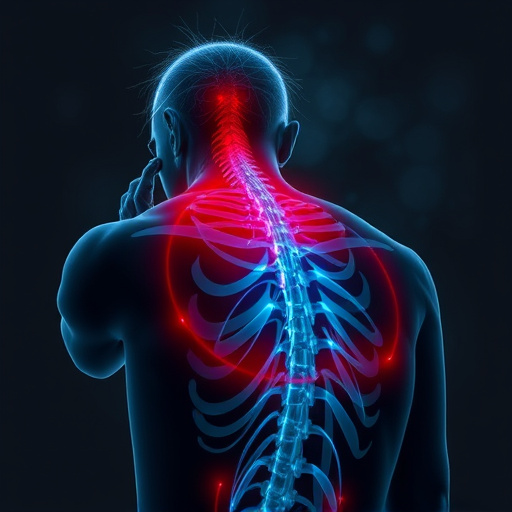Understanding MRI reports is vital for workers with spine injuries navigating spine injury workers comp. These scans reveal internal structures, identifying issues like herniated discs or nerve compression in the cervical, thoracic, or lumbar regions. Key findings guide treatment decisions and compensation, impacting benefits and recovery outcomes. Legal professionals assist in interpreting medical reports, exploring settlement or legal action, and securing tailored rehabilitation and wellness care plans.
“Learn how MRI results play a pivotal role in shaping decisions for individuals with suspected spine injuries seeking workers’ compensation (Workers Comp). This comprehensive guide delves into the intricate process of understanding medical imaging reports from a worker’s perspective, interpreting findings to bolster or challenge compensation claims, and navigating legal pathways post-diagnosis. By exploring these key aspects, we aim to empower injured workers and facilitate a smoother transition towards recovery and fair compensation.”
- Understanding MRI Reports: A Worker's Perspective
- Interpreting Findings: Impact on Compensation Claims
- Navigating Legal Pathways After Spine Injury Diagnosis
Understanding MRI Reports: A Worker's Perspective
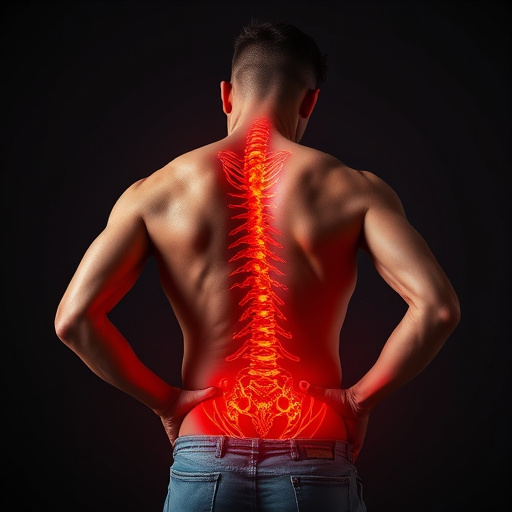
Understanding your MRI report is a crucial step for any worker dealing with a potential spine injury and navigating the workers’ compensation process. As an injured worker, it’s essential to grasp what these detailed scans reveal about your condition. An MRI (Magnetic Resonance Image) is a powerful tool that provides detailed images of internal body structures, including the spine. It can identify herniated discs, spinal stenosis, or other abnormalities that may be contributing factors to your pain and disability.
When reviewing your report, focus on the specific findings related to your spine injury claim. Look for descriptions of any damage or inflammation in the cervical (neck), thoracic (mid-back), or lumbar (lower back) regions. The report might also mention nerve compression or issues with spinal alignment. This information is vital as it can influence the type and extent of treatment you receive, including possible chiropractic care, neck pain treatment, or personalized treatment plans tailored to your unique needs.
Interpreting Findings: Impact on Compensation Claims
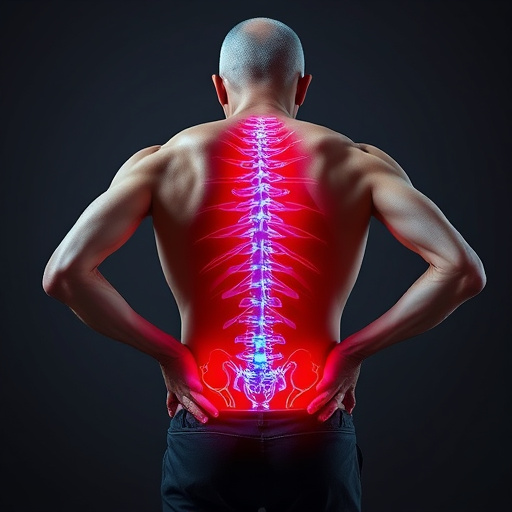
When it comes to spine injury workers comp claims, interpreting MRI findings is a critical step in determining compensation. These advanced imaging tests provide detailed insights into the extent and nature of spinal damage, enabling professionals to assess the severity of the injury. Each finding carries significant weight, from herniated discs to nerve compression, as they directly correlate with symptoms like sciatica relief or the need for personal injury chiropractic care.
Understanding these results is crucial for both claimants and insurance providers. Accurate interpretation can lead to fair compensation decisions, ensuring that workers receive appropriate wellness care and support during their recovery. Conversely, misreading or overlooking key findings may result in inadequate or delayed benefits, impacting the quality of life for injured individuals.
Navigating Legal Pathways After Spine Injury Diagnosis
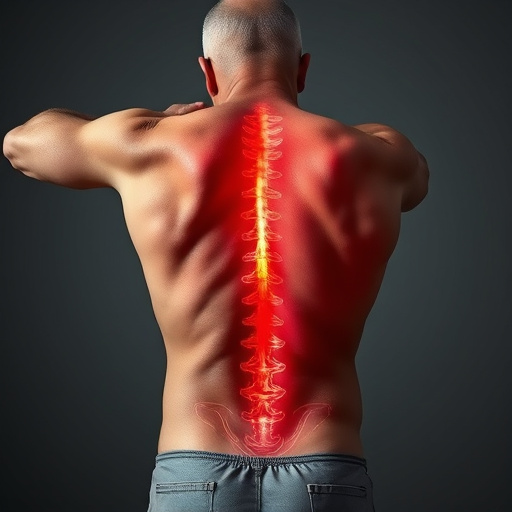
After receiving a spine injury diagnosis, individuals often find themselves navigating complex legal pathways to secure compensation and support. In cases involving spine injury workers comp, understanding one’s rights and options is paramount. The first step typically involves reviewing medical reports, including detailed MRI results, which play a pivotal role in determining the extent of the injury and its impact on an individual’s ability to work. These insights are crucial for building a compelling case.
Legal professionals specializing in spine injury workers comp can guide claimants through various options, from negotiating settlements with insurance companies to pursuing legal action if necessary. This process often includes exploring rehabilitation services, wellness care plans, and personal injury chiropractic treatments as part of the recovery and compensation package, ensuring individuals receive comprehensive support tailored to their unique needs.
MRI results play a pivotal role in determining compensation for workers with spine injuries. Understanding the intricacies of these reports empowers employees to navigate their legal options effectively. By interpreting MRI findings, claimants can make informed decisions, ensuring they receive adequate support and benefits for their spine-related work injuries through the workers’ compensation process.







